Last week (July 14th) France celebrated their national day that we know as Bastille Day, in remembrance of the event that occurred during The French Revolution in 1789.

Celebrations of Bastille Day in 2012. Photo: NBC News.
During La Fête Nationale (The National Celebration) or Le quatorze juillet (The 14th of July) as the people of France know it, there are fantastic events like fireworks and parades throughout the country and the city of Paris.
But if you happen to be in Paris any time of the year, visiting some of the historical sites that witnessed the important events of the Revolution is a fascinating experience.
Of course very little remains of what Paris was during the 18th century.
But stepping and being on the places where it all happened inspires awe when you think about the impact that this movement had on our western civilization.
What is the French Revolution?
I am not a historian, so this is my simplistic understanding of how the French Revolution in 1789 went down.
The French Revolution is a historical movement and a period of about ten years in France when the people united to question and ultimately overthrow tradition in government and ideas.
Tradition in the form of religious power, monarchy and aristocracy started to be replaced by new ideas and concepts brought about by the Enlightenment movement.
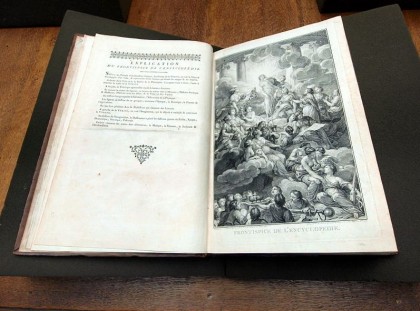
Frontispiece of the first volume in the library of the Teyler’s Museum, one of the two remaining complete original copies in the world. Photo: Wikipedia.
Why concentrate all the power in a King in charge of making all decisions? Why are we subject to his will, his humor and his bad judgment?
Why are the rich getting richer and indulging in decadent and ostentatious displays when the poor are getting poorer and paying more and more taxes?
The consequences of the French Revolution can still be seen today, as it was the beginning of the separation of powers in government, the creation of a State of Law and the proclamation of human rights.
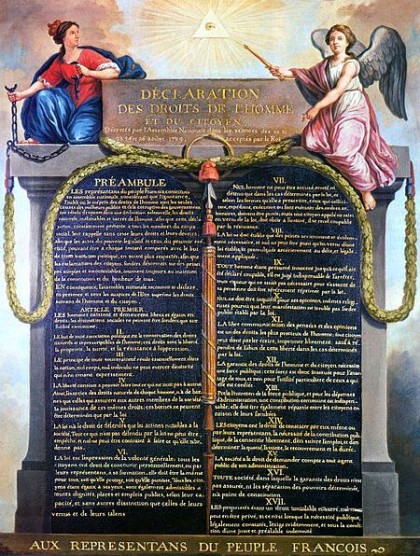
Representation of the Declaration of the Rights of Man and of the Citizen in 1789 Includes “Eye of providence” symbol (eye in triangle). Photo: Wikipedia.
Not only that, it ignited the flame of equality, citizenship and freedom in many territories, especially, in the American continent.
The French Revolution in 1789
1789 was the year when the major events happened.
King Louis XVI had been in power for quite some time, taking the country into more and more financial crisis with his lavish spending.
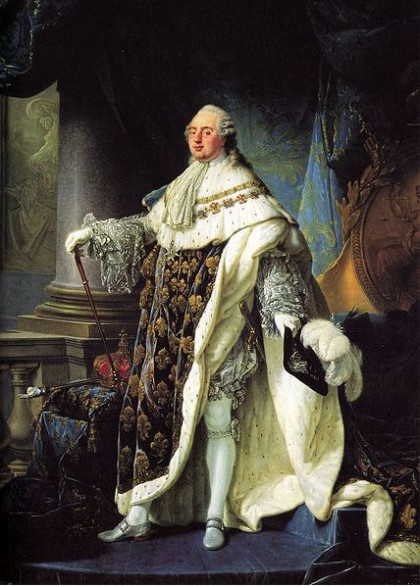
Portrait of Louis XVI. Artist: Antoine-François Callet (1741–1823), Musée national des Châteaux de Versailles et de Trianon. Wikipedia.
While Louis XIV had been the Sun King and had led France into a golden era, he had started the extravagant expenditure by taking his court to the fabulous Palais de Versailles, near Paris.
By 1789 people had had it, and with the propagation of knowledge and ideas that had previously been reserved for a few aristocrats, the time was right for change.
Philosophers like Denis Diderot, Voltaire, Rousseau and Montesquieu brought knowledge to the people by printing the first Encyclopédie in 1751.
The price of bread reached unsustainable levels because of poor crops and the people were suffering hunger while the court at Versailles remained an isolated entity impervious to the people’s needs.
Historical site 1: Place de la Bastille
On July 14th, 1789, a mob of insurgents attacked the Bastille fortress, which was acting as prison (holding seven prisoners at the time) and was a symbol of monarchy.
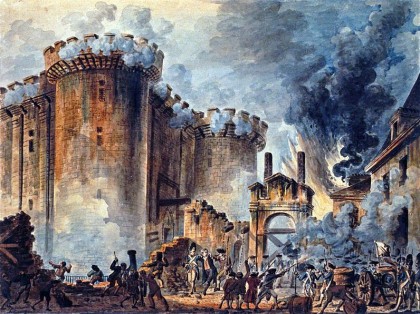
“The Storming of the Bastille”, Visible in the center is the arrest of Bernard René Jourdan, marquis de Launay (1740-1789). Wikipedia.
The idea was to steal ammunition and weapons in order to be heavily armed when they attacked the Palace where the court resided.
The combat resulted in the fortress falling and being taken by the mob.
Today nothing remains of the old fortress, but a round pavement mark on the floor of one of the corners of the huge square that exists today.
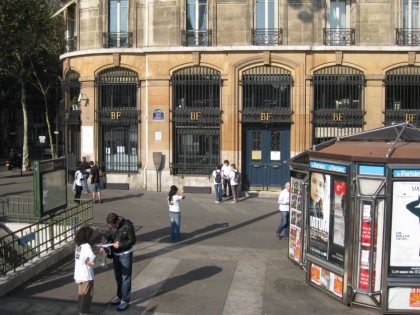
Corner of Place de la Bastille. Barely noticeable, the circular pavement. stones marking the outline of the Bastille Fortress.
The area is surrounded by cafés and restaurants and is the home of the Opéra Bastille.
Historical site 2: Palace of Versailles
Le Château de Versailles was the royal residence of the kings of France from Louis XIV when he moved the court from Paris to the palace in 1682 to Louis XVI when he and the royal family were forced to return to Paris at the beginning of the French Revolution in October 1789.
The Palace is not only famous for its part during the Ancien Régime but because it has played an important political role in many historic events such as the signing of the Treaty of Versailles in the Hall of Mirrors, which ended Word War I.
The Palace and its state are located around 20 km from Paris and are an easy 30 minute metro ride.
A visit to Versailles will really give you a glimpse into royal daily life, the extravagance, the decadence and why these outraged the people of France during the 18th century.
Read my article 7 things to consider before visiting The Chateau of Versailles to find more information for your visit!
General entrance to this site is included with the Paris Museum Pass but beware that some areas or events are not included.
Ok, that’s the first two historical sites. Meet me here next time for part 2, where I cover the remaining four!
Have you visited these sites before in Paris? Did you know about their history?
If not, has this inspired you to visit them on your next trip to Paris?
Share your comments using the box below or join us in Facebook!
Related products
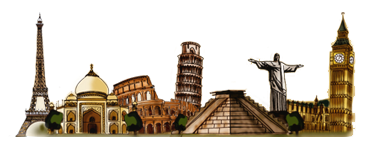


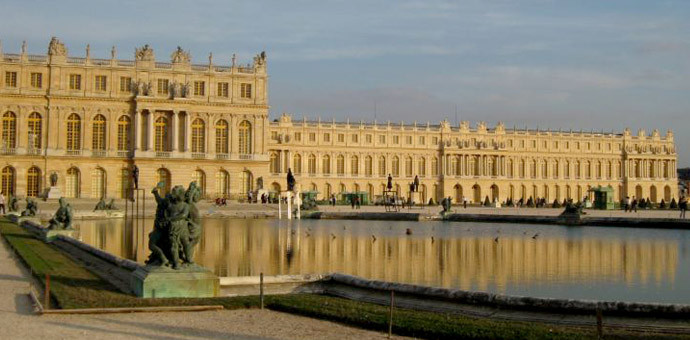
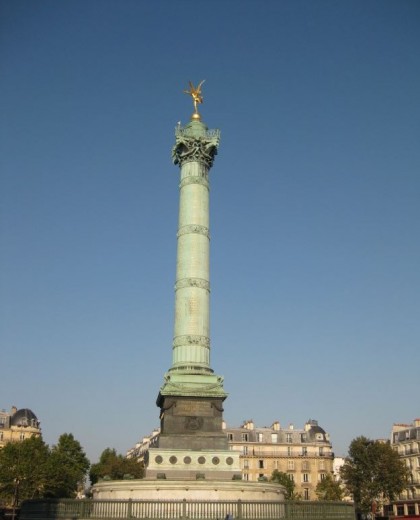
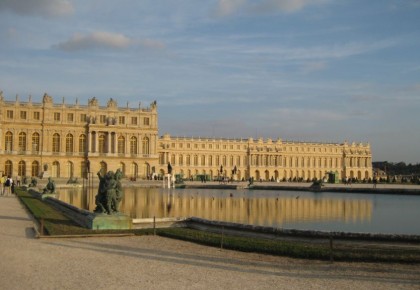
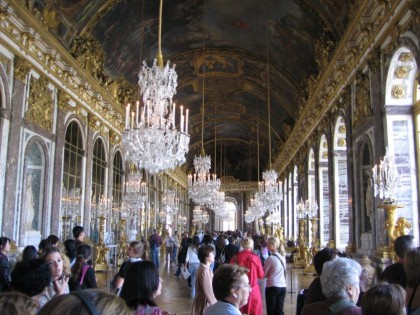
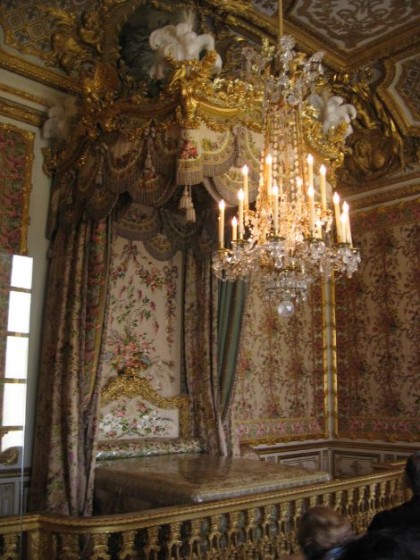
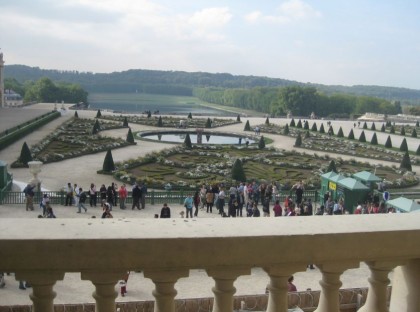

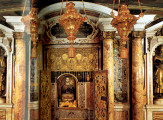

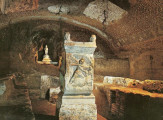
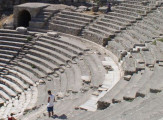

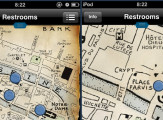
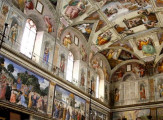
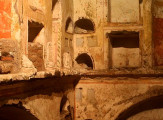
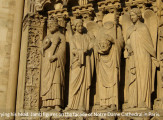
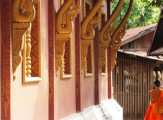


















Hi! I really enjoyed your pictures of the sites. I have read several books about the French Revolution and wanted to mention a book that I think would help in understanding what happened. The book is excellent and well researched….The Guillotine and the Cross by Dr. Warren Carroll.
God bless!
Great article! I think that a basic understanding of history will really improve your travel experience! :)
For sure! It is key to do your homeworkd before going on a trip!